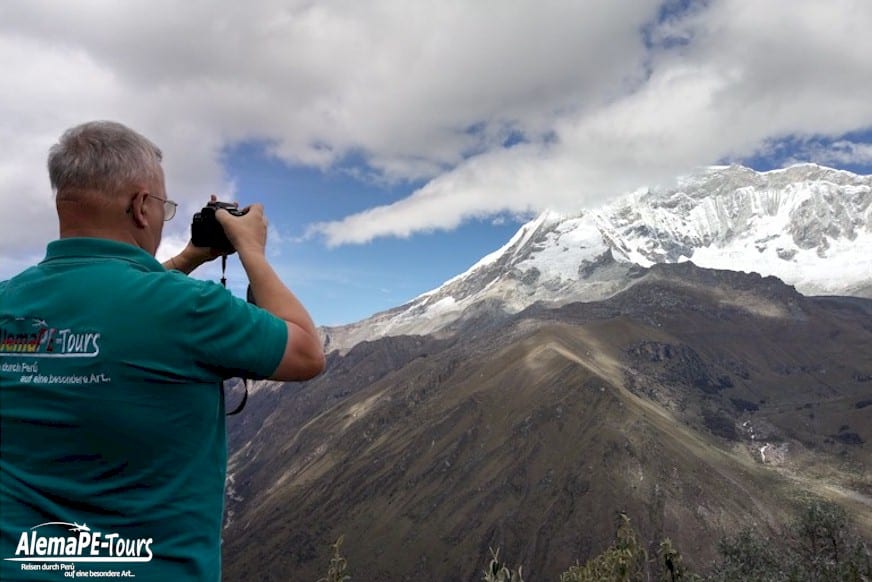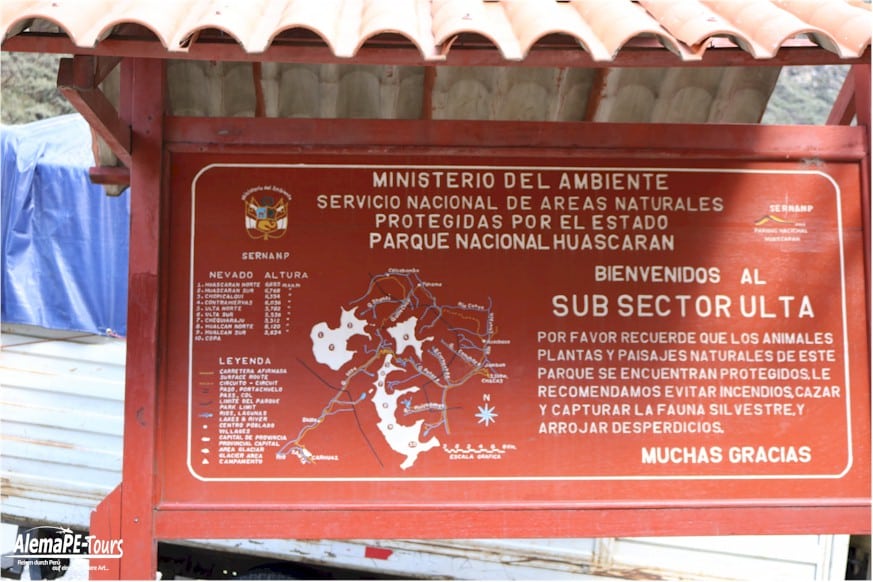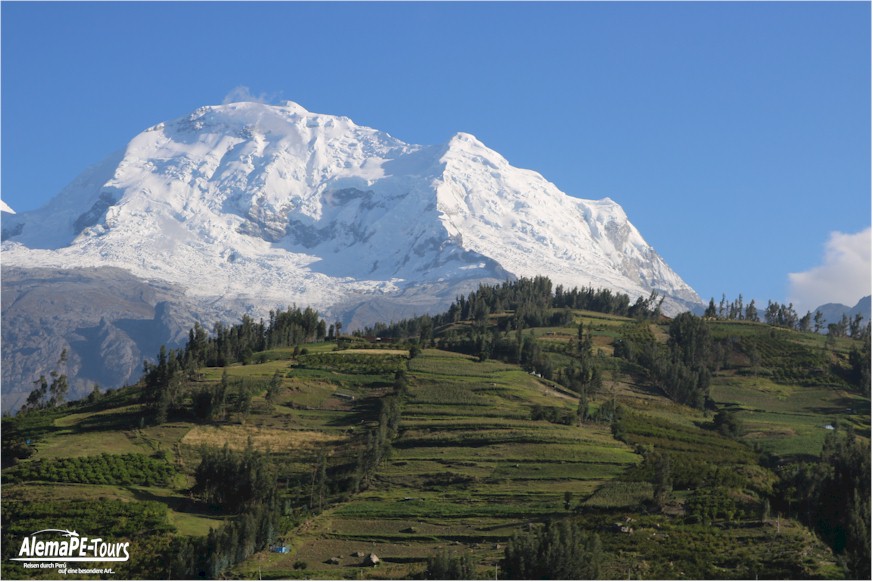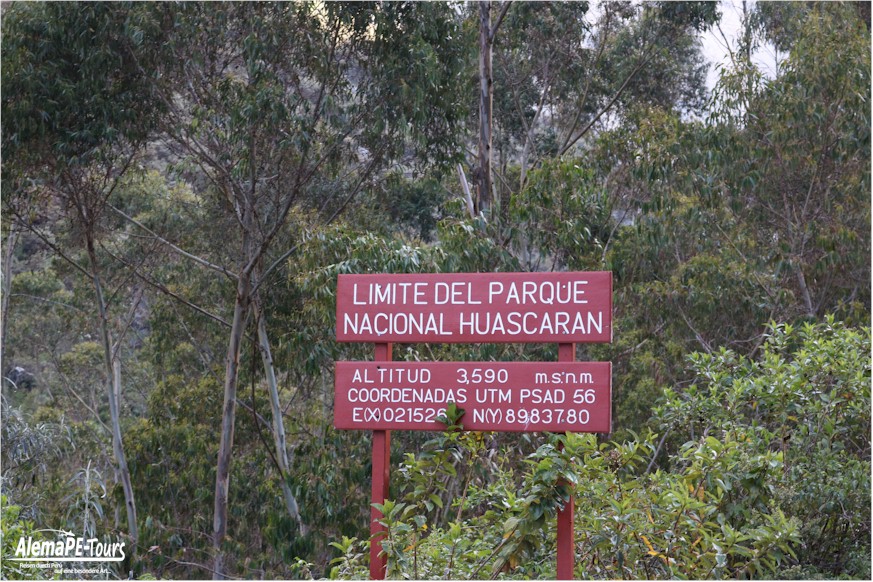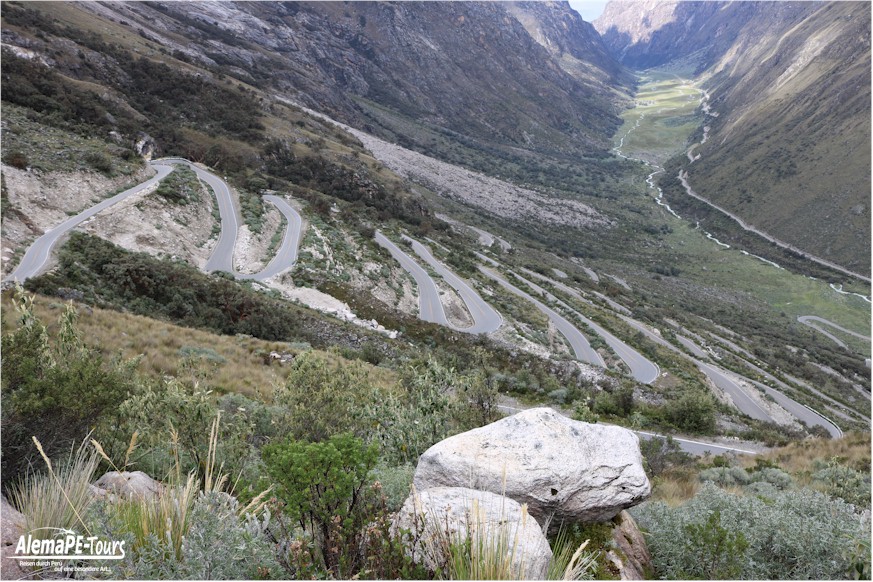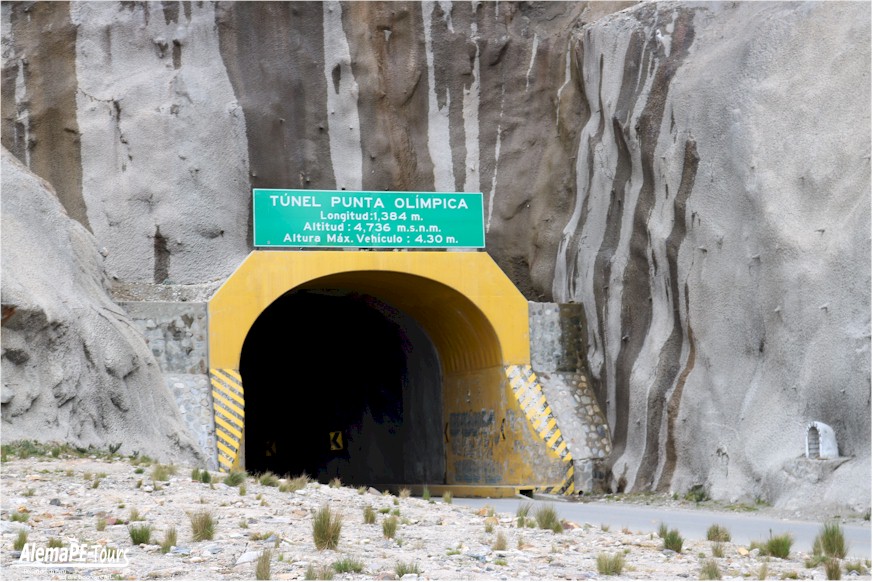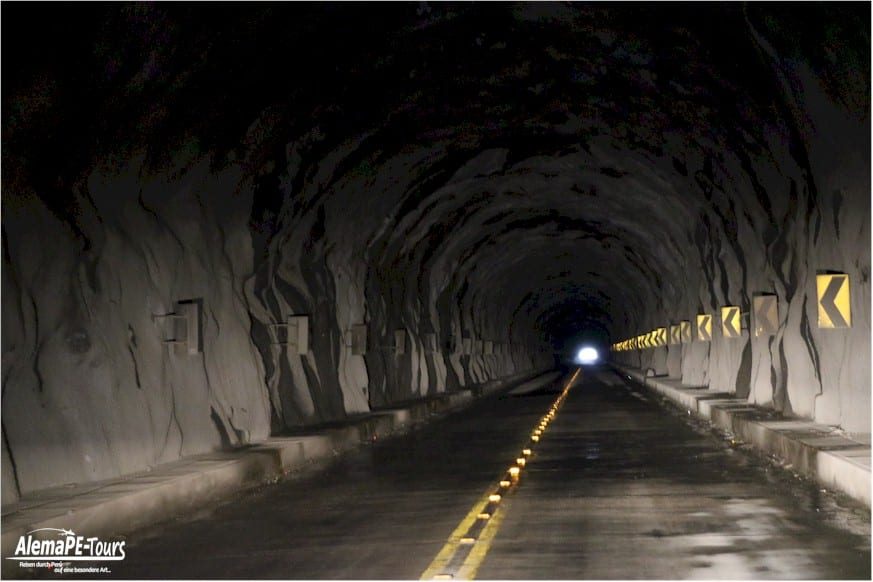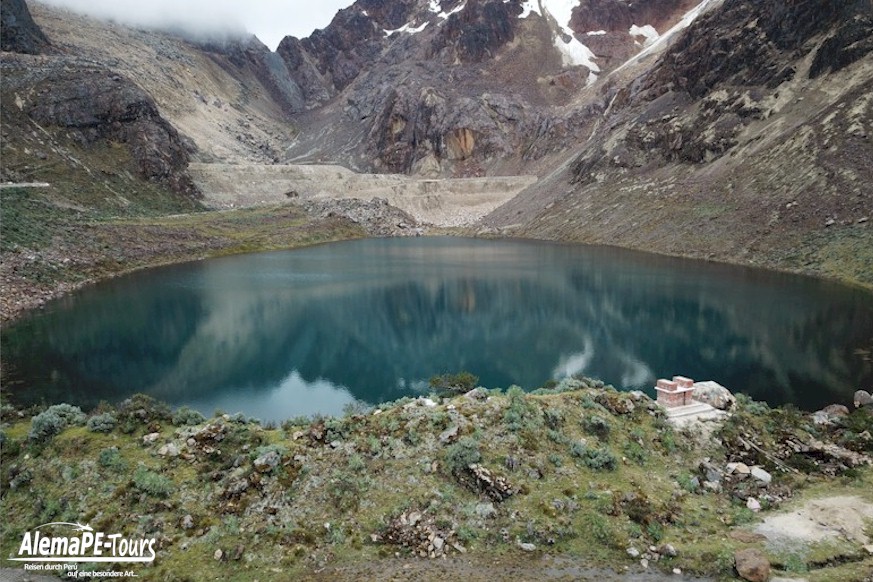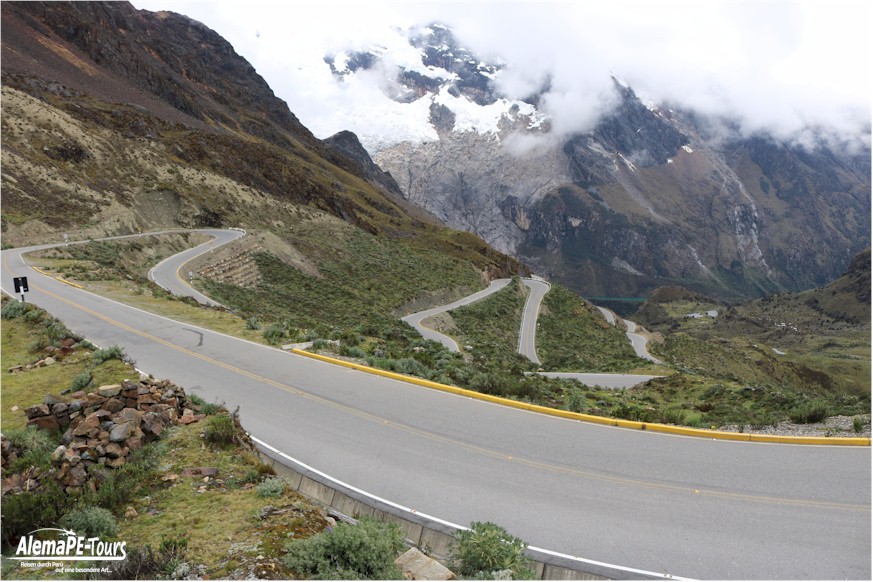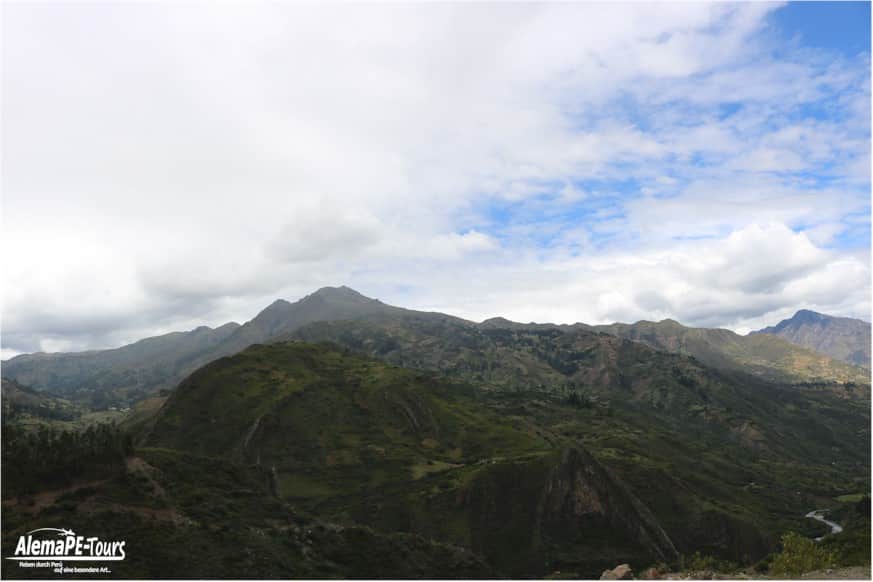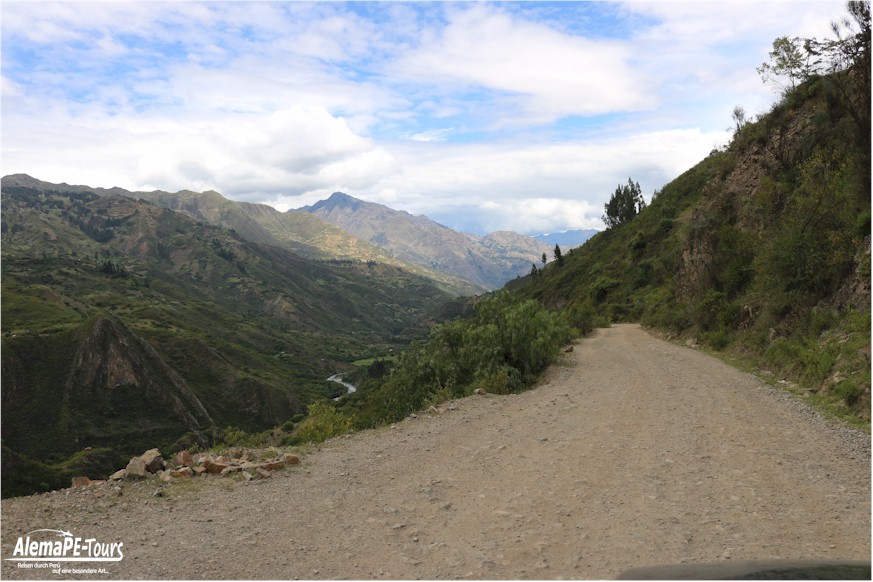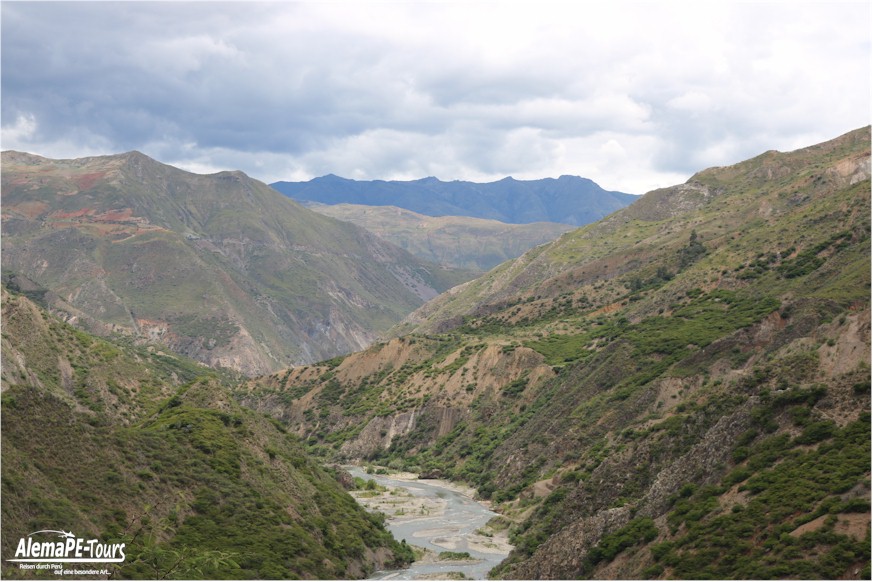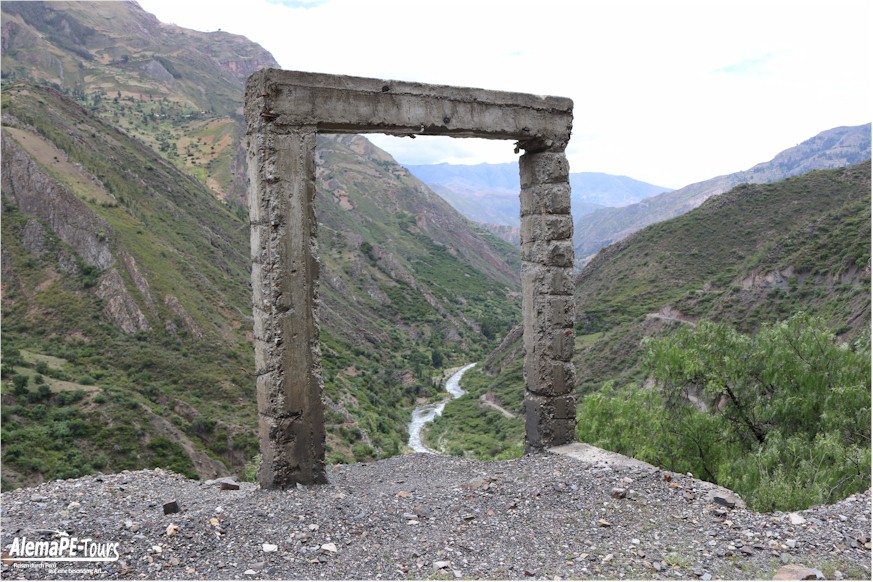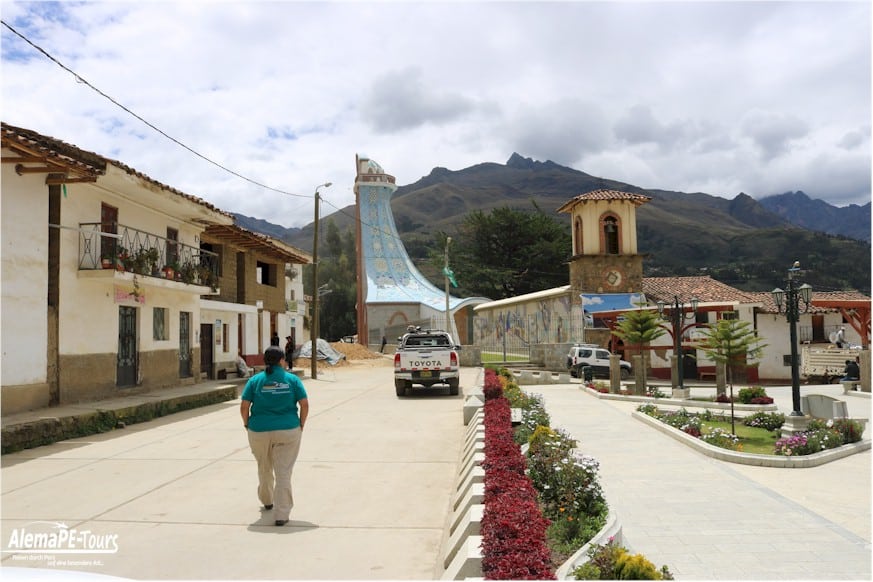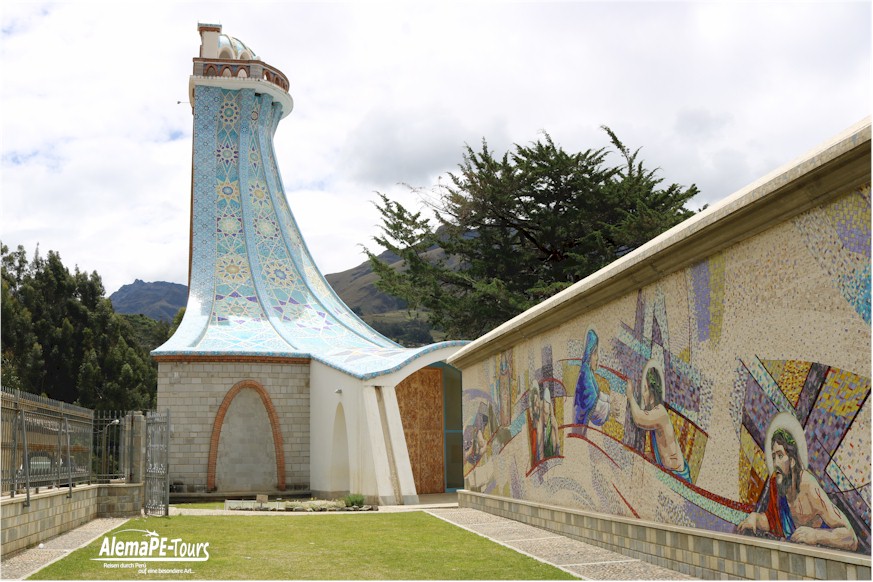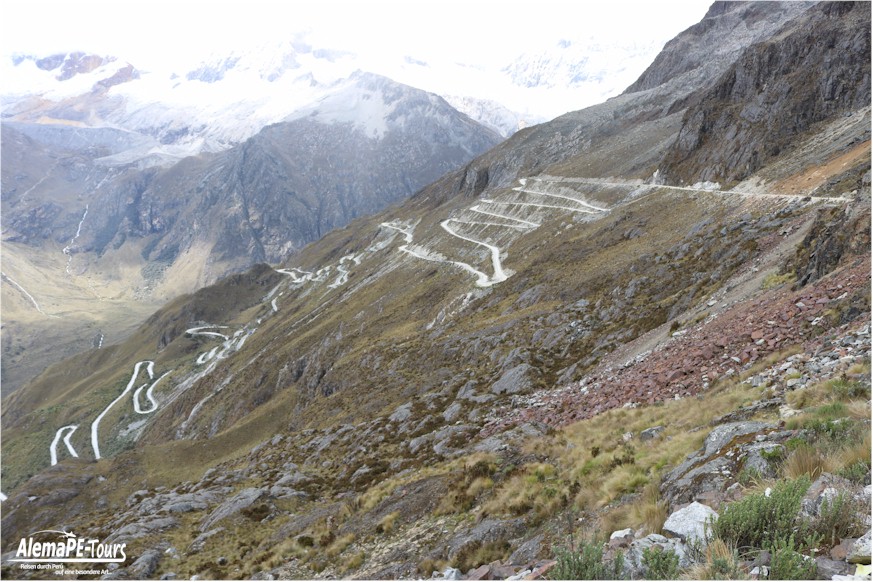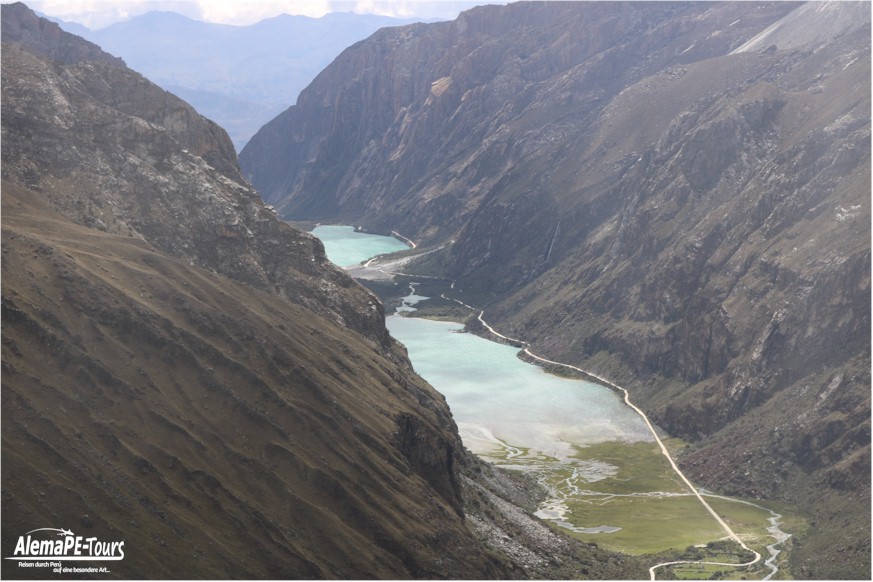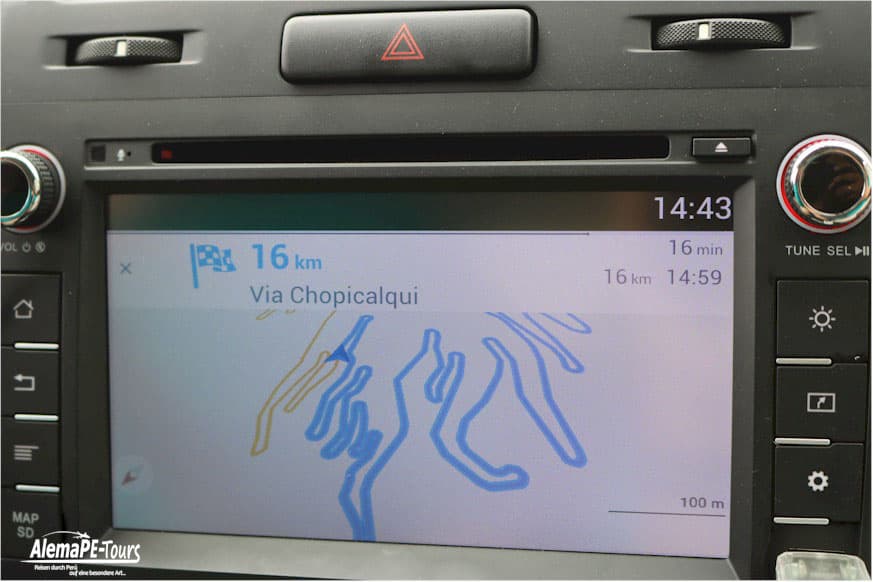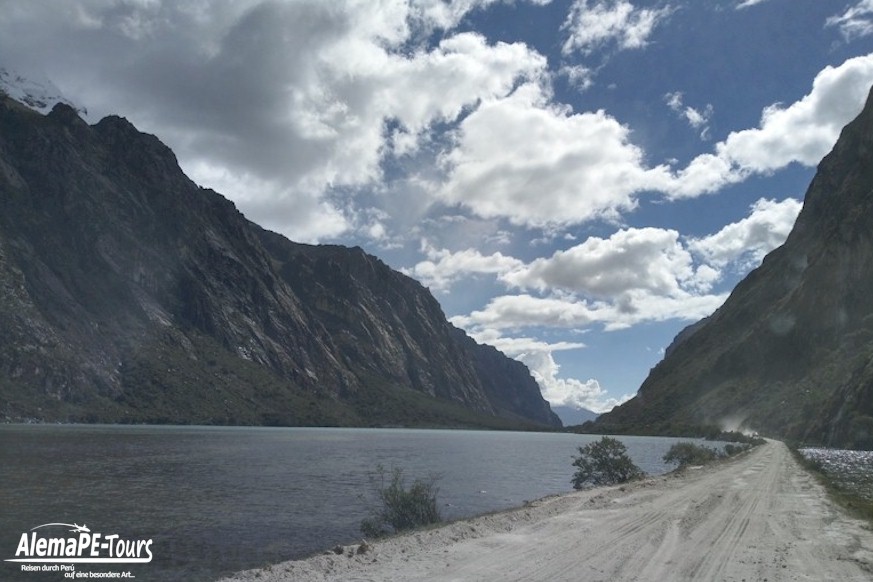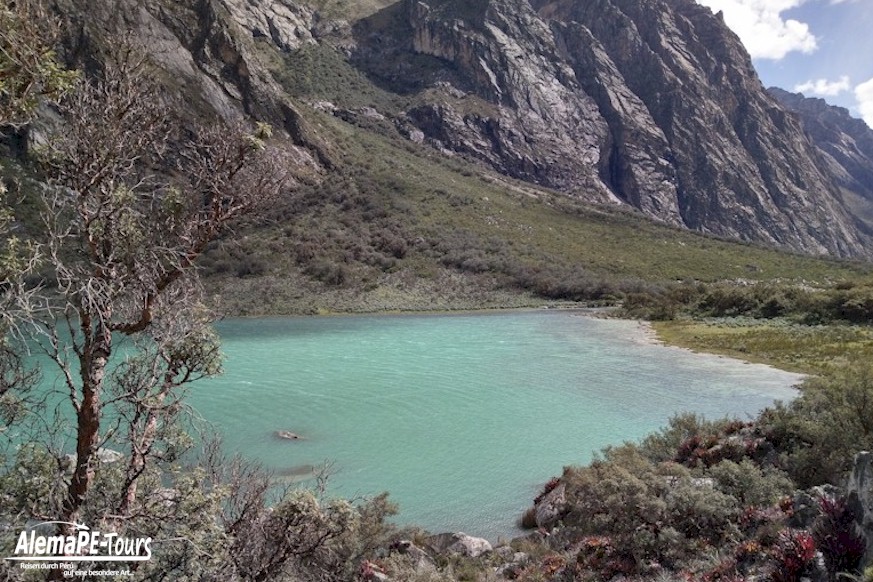HUASCÁRAN NATIONAL PARK
Overview
Huascarán National Park (Spanish: Parque Nacional Huascarán) is a peruvian national park that comprises most of the mountain range known as Cordillera Blanca (the world’s highest tropical mountain range) which is part of the central andes, in the region of Ancash. The park covers an area of 340.000 ha (ca. 3.400 km2) and is managed by the Peruvian Network of Protected Natural Areas: SERNANP (Servicio Nacional de Áreas Naturales Protegidas). It was designated as a World Heritage Site in 1985 by UNESCO, is also a well-known mountaineering spot and harbors a unique biodiversity with plant species such as the Queen of the Andes, trees of the genera Polylepis and Buddleja, and animals such as spectacled bears, condors, vicunas and tarucas.
History
Official efforts to protect this area started in 1960, when Senator Augusto Guzmán Robles presented a bill to the peruvian congress for the creation of Huascarán national park. In 1963, the forestry and hunting service (Servicio Forestal y de Caza) presented a preliminary project for the delimitation of the Cordillera Blanca National Park, covering an area of 321,000 hectares. On February 18, 1966 a government resolution prohibiting the logging and hunting of native species in the area of the Cordillera Blanca was issued. Later that year, the patronage of Huascarán National Park was formed in Yungay. In 1967, Curry Slaymaker and Joel Albrecht, Peace Corps volunteers, formulated delimitation proposal on an area of 85,000 hectares; and simultaneously, the Forest Regional Service of Huaraz established the vicuña and queen-of the-Andes surveillance zone for an area of approximately 10,000 hectares. Finally, on july 1st, 1975 Huascarán National Park was created by decree No. 0622-75-AG, with an extension of 340 000 hectares.
Definite delimitation of Huascarán National Park was possible through the reversion of land to state control by means of compensated land expropriation. The park’s boundaries avoided the inclusion of settlements when possible, but several communities continue to raise livestock, although park authorities try to regulate the practice.
In 1977, UNESCO recognized Huascarán National Park as a Biosphere Reserve, which covers the Santa River valley, well beyond the park’s boundaries, encompassing many villages and towns. In 1985 the park was declared a World Heritage Site.
Flora
Some 779 plant species have been identified inside the park, being the queen of the andes (Puya raimondii) one of the most representative and an object of conservation. Other plant species present in the park are: Polylepis racemosa, Escallonia resinosa, Alnus acuminata, Senna birostris, Vallea stipularis, Lupinus spp., Vaccinium floribundum, Calamagrostis vicunarum, Festuca dolichophylla, Jarava ichu, Azorella spp., etc.
Fauna
More than 120 bird species have been reported in this area including the andean condor, the torrent duck, the puna tinamou, the brown pintail, the andean crested duck, the giant hummingbird, the yanavico, the white-tufted grebe, the giant coot, the chiguanco thrush and the Andean gull.
More than ten species of mammals have been observed in the park, several of them endangered, including the colocolo, the andean mountain cat, the spectacled bear, the taruca deer, the vicuña, the white-tailed deer, the puma, the northern viscacha, the long-tailed weasel, the hog-nosed skunk and the andean fox.
What you expect
The Portachuelo Llanganuco pass, at an elevation of 4.767m above the sea level, is perhaps the most significant gateway of the Huascarán National Park, Peru. The most challenging section of the road up to the pass is a 8.5km long section. Over this distance, the road includes 28 hairpin turns and the elevation gain is 527 meters. The average percentage is 6.2%. It’s one of the famous hairpinned roads in the world.
The road to the summit is called carretera de Yungay (or Carretera 106). This gravel track has sheer drops on one side, and stone cliffs on the other; very sharp hair-pin turns and switchbacks. Since pre Inca times this has been the passageway straddling the continental divide. The Portachuelo pass is located in the Yungay province (Peru) and offers a broad relatively flat corridor, between the Pacific and Atlantic watersheds.
Located in the Cordillera Blanca in the Andes of Peru, this is an exquisite winding mountain drive with sharp and blind curves and hairpin switchbacks leading the traveler over the mountains. The drive is definitely worth it. There are many excellent photo opportunities. Don’t forget your camera! The road encompasses miles of stunning views through twisty hair pin corners, high elevations and steep grades. The breathtaking view from this point includes mounts Huascarán, Huandoy, Chopicalqui, Pisco, Chacraraju and Yanapaccha.
Roadmap for this trip
- Start the trip from the hotel in Huaraz
- In Carhuaz we stop for a breakfast
- Shilla
- Llipta
- Catay
- Entry for National Park Huascarán
- Tunnel Punta Olimpica
- Lagune Cangaragá
- Lagune Belaúnde
- Lagune Yanarraju
- Huallin
- Chacas
- Acochaca
- Sapcha
- Yanama
- Lagune Morococha
- Abzweig zur Lagune 69 possible
- Lagune Orconcocha
- Lagune Llangannuco
- Humacchuco
- Huashao
- Yungay
- End of the trip is at the hotel in Huaraz
Important information
- This road and hiking trip is a full day trip with a SUV
- Pickup is very early in the morning
- Food and drinks on the go must be brought (In this cases we go to help you to get ready before we start)
- Dont eat too much cause we go higher in altitude
- Please take camera, biodegradable sunscreen and cap with you
- The trip is only for reservations with a guide, cause for the off-road parts you have to know the ways and if they are possible to use
- End of the trip will be in the late afternoon or by night
Price
Please contact us to get the price of this tour.
Tour-ID
HUA002
Duration
1 D
Level of Difficulty
Very Difficult
Included
- All taxes, fees and processing fees
- Private roundtrip transfer
- Daytour mostly by car (SUV)
- Local guide
- Small group only
Not included
- Entry fee for the National Park Husacarán
- Meals and beverages
- Tips (optional)
Further information
- We recommend that this is a special organized tour and we go to talk with you in front of this plans
- You will receive the confirmation at the same time if you book at least a week before the appointment. Thereafter, if the offer is still bookable, you will receive a confirmation within 48 hours
- Passport name, number, expiration date and country are required at the time of booking for all participants
- Children must be accompanied by an adult
- Minimum age for children is 5 years
- At least two people are required per booking
- The prices are for all participants; no discounts for children
- The tour takes place in nearly any weather. Please dress accordingly
- Note: It is recommended that you do not wear jewelry and use biodegradable sunscreen
- Important: Transfer from / to Lima Airport not included in the price
- Wear warm sports clothing, depending on weather conditions
- Bring your hat and sunscreen
- Have a light breakfast
- Not suitable for people with rollator or wheelchair
Cancellation Policy
Cancellations made at least 7 days before the scheduled tour date will incur no cancellation fees. Cancellations made between 3 and 6 days before the scheduled departure date will incur a 50% cancellation fee. If canceled within 2 days of the scheduled tour date, 100 percent cancellation fee will apply.

